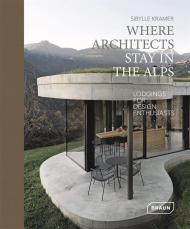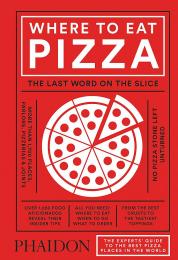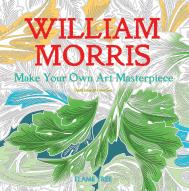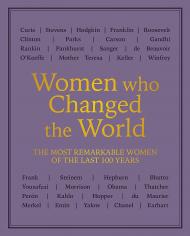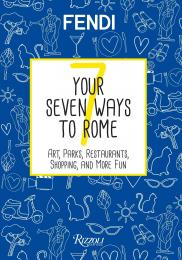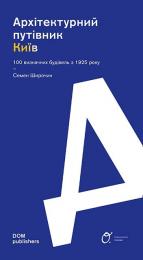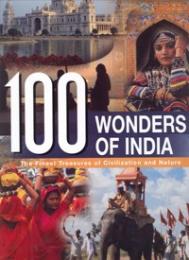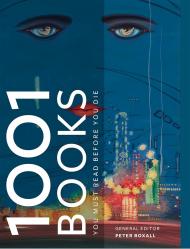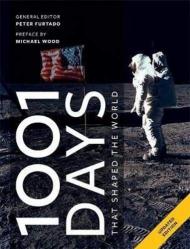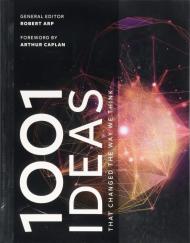Whether vibrant cities or quiet rural idyllic scenes, extensive coastlines or snowy mountain ranges: Europe’s diversity of cultures and landscapes has always been appreciated by travel enthusiasts from around the world. This volume is a journey of discovery to the most enchanting holiday residences whose architecture and interior design turn a vacation into a perfect experience.
Classic jewels like the Iberian finca or the Scandinavian city loft make the hearts of design aficionados beat faster. Outdoor enthusiasts are thrilled by exceptionally designed tree houses or exclusive alpine huts, while individual travelers enjoy temporary bliss in stylish redecorated or converted sheds or former mills and harbor cranes. All projects presented in this architecture and travel guide inspire architects as well as globetrotters and are at the same time representative of the diverse beauty of the old continent.
- ÖÖD in Tallinn, Estonia (Jaak Tiik & Andreas Tiik)
- Bassivière Barn Chic in Saint-Étienne-de-Villeréa, France (Laura and Niels Aben)
- Vipp Loft in Copenhagen, Denmark (Vipp)
- Landhaus Fergitz in Gerswalde, Germany (Thomas Kröger Architekten)
- 7132 Hotel in Valais, Switzerland (Peter Zumthor, Kengo Kuma, Tadao Ando and Thom Mayne)

